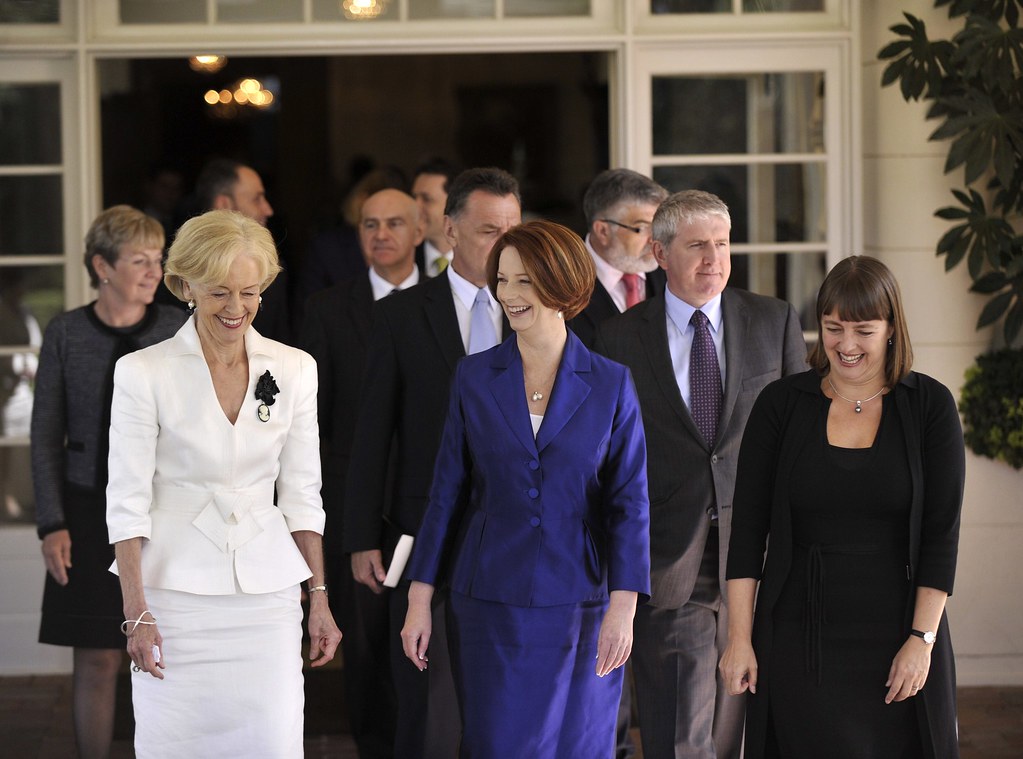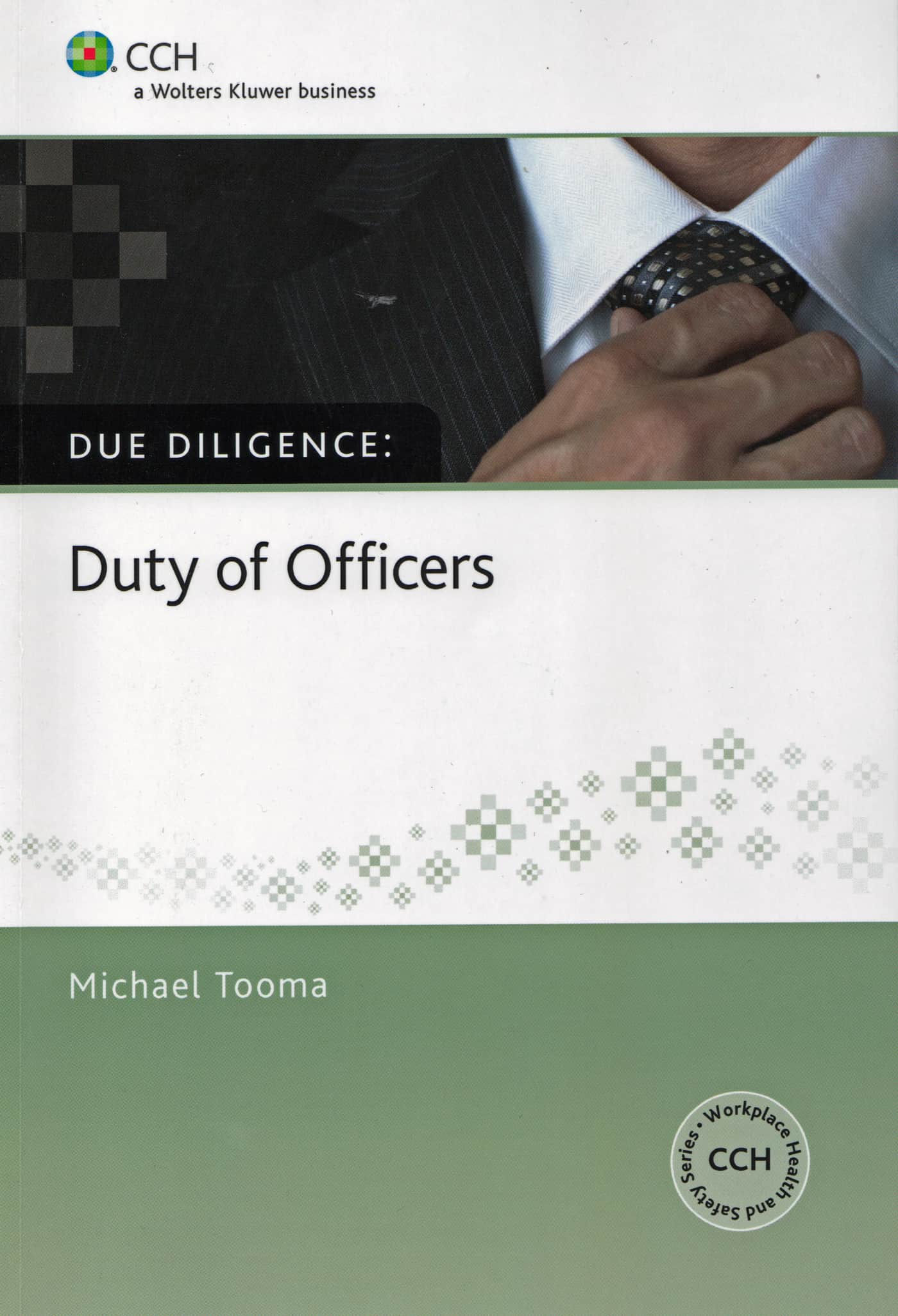The October 2012 edition of The Synergist, the magazine of the American Industrial Hygiene Association, included a frank interview with Niru Davé of Avon. Dave says that many safety and health professionals have a low level of competence.
He explains his statement through his belief that there are three competency elements in a safety professional:
- Knowledge – staying up-to-date with the information in your field
- People Skills – respect and approachability, and
- Contribution – communication and involvement, participating in and generating a strategic approach.
These elements could apply to any profession and to any professional association, or industry group. Indeed these elements can be both personal and organisational. Continue reading “Three competency elements of the safety professional”



